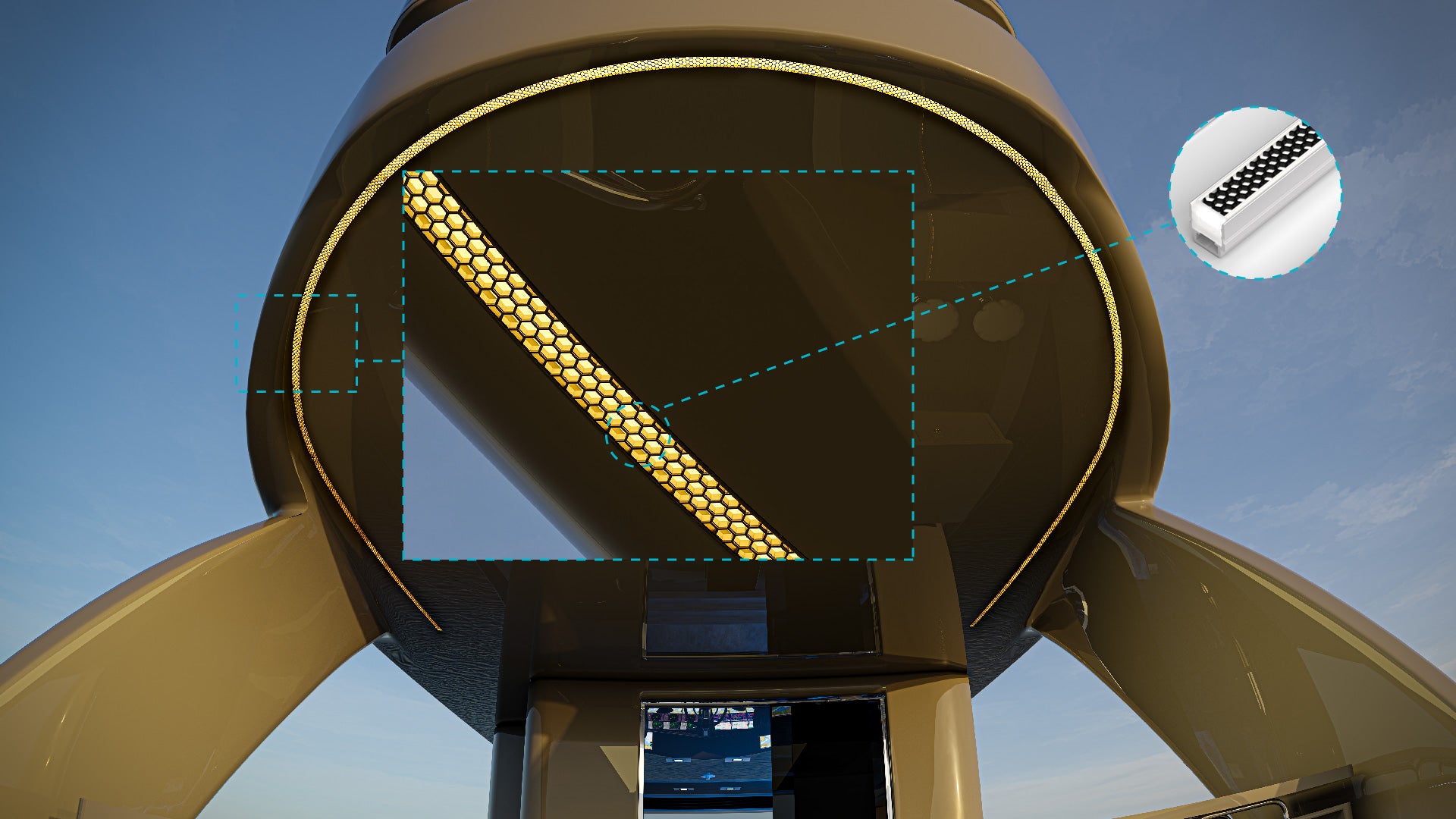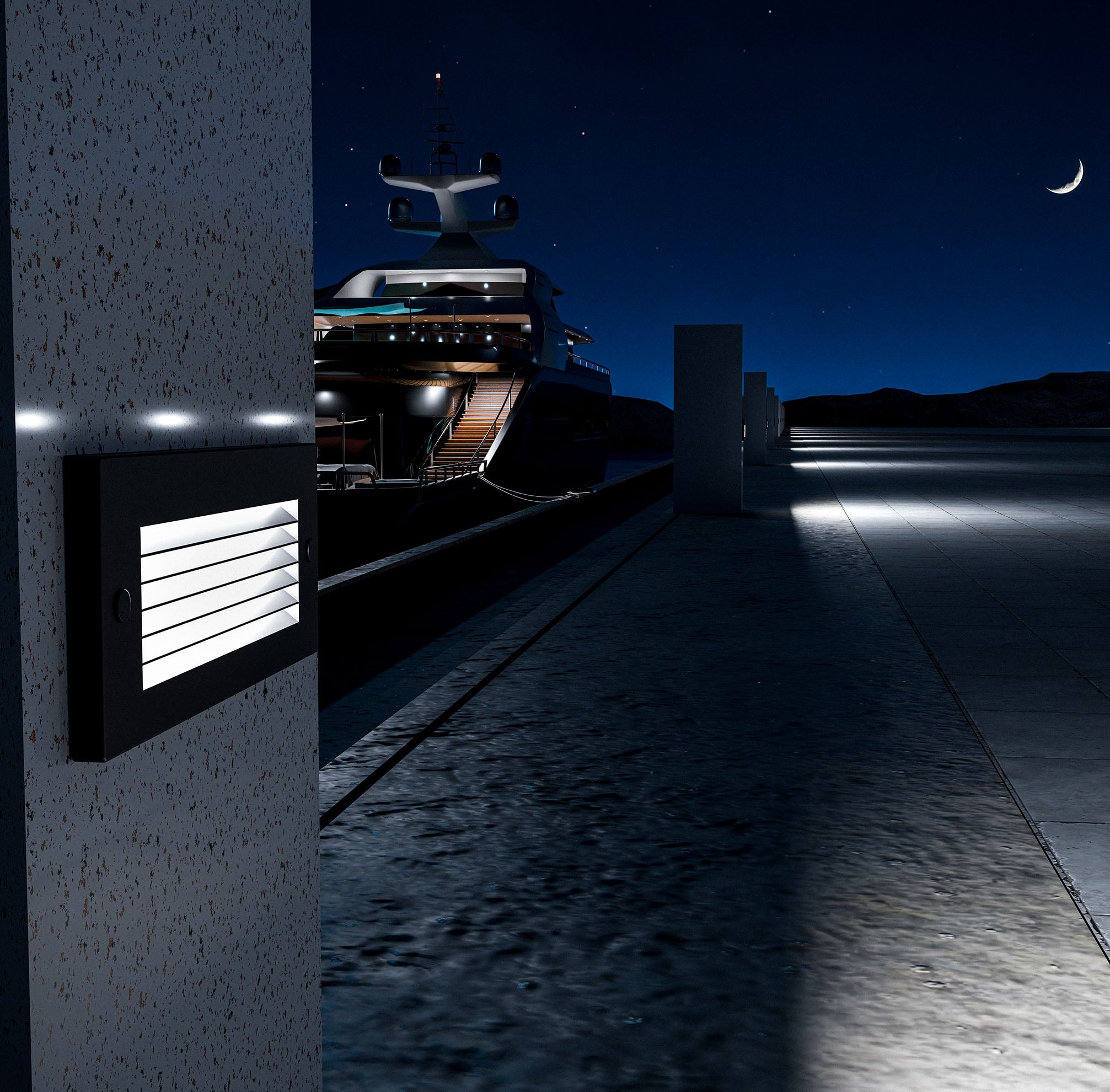When you’re shopping for lights, you’ll encounter terms like candela and lumen. These metrics are often used to describe a light’s brightness but serve distinct purposes. Knowing how to interpret these measurements can make a big difference when choosing the right lighting solution. This guide dives into measuring candelas, lumens, and whether terms like nits and candelas are comparable.
What Are Lumens?
Lumens Defined: Lumens measure the total light output from a source in all directions, indicating the overall brightness of a light. This metric tells us how much visible light is produced, regardless of the direction it’s emitted. A higher lumen rating means more visible light output, helping consumers judge brightness.
How Lumens Are Used
Lumens are commonly listed on household light bulbs, flashlights, and fixtures. For example, if you’re selecting a light for a room, higher lumens usually mean a brighter space. Understanding lumens defined in this way is essential for anyone looking to light large areas effectively.
Real-World Examples
A 60-watt incandescent bulb typically produces around 800 lumens, while a brighter 100-watt bulb emits about 1,600 lumens. With LEDs, you get the same lumen output at lower wattage, making it easier to measure brightness rather than energy consumption.
Pro Tip: For most general lighting applications, consider the lumen rating to understand how much light a fixture will emit across a wide area.
What Are Candelas?
Candela Definition: Candelas measure luminous intensity in a specific direction, rather than the total light output. Unlike lumens, which cover all directions, candelas indicate the intensity of light in a focused beam. When it comes to measuring candelas, it’s about knowing how strongly light is projected in one particular direction.
How Candelas Are Used
Candelas are vital for applications where directed light is essential. Flashlights, automotive headlights, and certain types of spotlights rely on high candela ratings to ensure their light is focused and strong in one direction.
Real-World Examples
A car’s headlight might have a high candela rating to project light directly onto the road ahead, while a room light with similar lumens would have a lower candela rating because it spreads light across a wider area.
Did You Know? The term "Is candela the same as nits?" often comes up in lighting discussions. While both are units of luminous intensity, nits measure brightness per unit area, often used for screens, while candelas focus on intensity in a specific direction. So, while related, they are not the same.
Key Differences Between Candelas and Lumens
Understanding the difference between candelas vs. lumens is key to making the right lighting choice.
Measurement Scope
Lumens provide a measurement of total light output, covering all directions, while candelas focus on the directional intensity of light. Lumens give you an idea of overall brightness, while candelas tell you how intense the light will appear when focused in a specific direction.
Application-Specific Use Cases
Lumens are ideal for ambient lighting situations where you want widespread brightness. Candelas are crucial for focused or directional lighting applications, like headlights or spotlights.
Impact on Light Perception
The way we perceive brightness can vary based on candela vs. lumen measurements. For instance, a spotlight with a high candela rating might feel intensely bright in a narrow beam, even if it doesn’t have high lumens. Conversely, a light with high lumens but low candelas might illuminate a large area without feeling overly intense.
Example: Imagine a flashlight and a standard room light bulb, both rated at 800 lumens. The flashlight could have a high candela rating, making its beam appear intense and focused, while the room bulb, with lower candelas, distributes light more evenly.
How Candelas and Lumens Work Together
Often, lighting products list both lumens and candelas to give a complete picture of their capabilities.
Combined Use in Product Descriptions
Describing a light source in terms of both lumens and candelas helps users understand the balance between overall brightness and focused intensity.
Impact on Choosing Lighting Solutions
Depending on your needs, you may want to prioritize lumens, candelas, or both. For example, a floodlight with high lumens and moderate candelas can illuminate a broad area, while a spotlight with high candelas is ideal for focused tasks.
Quick Tip: Use measuring candelas for applications requiring focused lighting. For wide-area lighting, look to lumens as a better indicator of performance.
Common Misconceptions About Brightness
A common misconception is that brightness can be determined by lumens alone. While lumens measure the total output, brightness perception also depends on how light is directed, which is where measuring candelas becomes important.
Brightness Isn’t Just About Lumens
While lumens measure the total output, perceived brightness is also shaped by light intensity in a specific direction. For example, a room with 1,000 lumens may feel evenly lit, while a spotlight with the same lumens but high candelas creates a sharp, intense beam.
Context-Driven Choices
Depending on the application, your brightness needs may change. For ambient lighting, high lumens provide comfortable, widespread visibility. For focused tasks, like reading or inspection, high candelas offer intense, concentrated brightness.
Example: In an art gallery, high candelas in track lights focus light on individual artwork, while ambient lighting with high lumens softly illuminates the space.
Choosing the Right Metric for Your Lighting Needs
Choosing between candelas and lumens (or a combination of both) depends on how you intend to use the light source.
When to Prioritize Lumens
For ambient lighting in large areas—such as a living room, office, or outdoor patio—higher lumens ensure enough brightness.
When to Focus on Candelas
High candela ratings are best suited for directional lighting, like task lights, flashlights, or outdoor spotlights, where intense focus is necessary.
Example Scenarios: For a home office, choose a desk lamp with moderate lumens and high candelas for focused light on your workspace. For an outdoor area, high lumens with a wide distribution (lower candelas) can create a welcoming, well-lit environment without sharp intensity.
Understanding candelas vs. lumens can make your lighting choices far more effective. Lumens provide the total light output, while candelas give insight into intensity in a specific direction. When selecting lighting, consider your application—ambient or focused lighting—to strike the right balance between lumens and candelas.
At K2 Lighting, we offer products that carefully balance lumen output with candela intensity to provide optimal performance for various applications. Explore our selection to find the right solution for your needs, whether you’re lighting a large area or creating a sharp focus.





